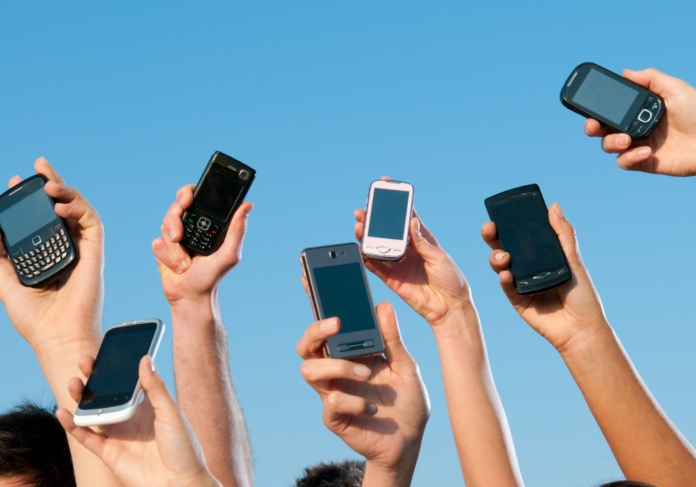Since their invention, mobile phones have profoundly transformed the way we communicate, interact, and access information. This technological marvel has evolved from a luxury item to an indispensable tool in our everyday lives. This article explores the journey of mobile phones, from their inception to their present form.
1. The Birth of Mobile Communication
The concept of mobile communication was first introduced by Motorola with the DynaTAC 8000X in 1983. It was a bulky, expensive device, often referred to as a “brick” due to its size and weight. However, it offered a revolutionary feature: the ability to make calls without being tethered to a landline.
2. The 1990s: Portability and Functionality
By the 1990s, mobile phones became smaller and more affordable. Nokia’s 3310, launched in 2000, was famed for its durability, long battery life, and the addictive game ‘Snake’. This period also saw the introduction of SMS (Short Message Service), which allowed users to send text messages, marking a significant step in mobile communication.
3. The Dawn of the Smartphone
In 2007, Apple changed the mobile phone landscape with the introduction of the iPhone. Combining a phone, an iPod, and an internet communication device, the iPhone heralded the era of smartphones. Its intuitive touch-screen interface, sleek design, and the introduction of the App Store, which allowed third-party app development, transformed the mobile phone into a multipurpose device.
4. Android and Market Diversification
Hot on the heels of Apple, Google introduced Android, an open-source mobile operating system, leading to a plethora of new devices from manufacturers like Samsung, HTC, and LG. The competition between Android and Apple’s iOS spurred rapid technological advances and made smartphones accessible to various market segments.
5. Today’s Mobile Phones: Powerhouses of Technology
Modern smartphones are essentially pocket-sized computers. They offer high-resolution cameras, vast amounts of storage, large and vibrant displays, and powerful processors. Capable of tasks from GPS navigation to video conferencing, smartphones have become central to our personal and professional lives. They’ve also influenced social media’s rise, with platforms like Facebook, Instagram, and Twitter designed with mobile use in mind.
6. Impact on Society and Economy
The ubiquity of mobile phones has reshaped society and economy. They’ve transformed communication, made information readily accessible, and revolutionized industries from e-commerce to digital entertainment. However, they’ve also raised concerns around privacy, mental health, and digital divide.
7. The Future of Mobile Phones
The future of mobile phones is intriguing, with advancements like foldable screens, augmented and virtual reality, and 5G and beyond technologies on the horizon. Artificial intelligence and machine learning are set to make smartphones even smarter, while the Internet of Things (IoT) will further expand their utility.
8. Conclusion
From their humble beginning as large, expensive ‘bricks’, mobile phones have morphed into sophisticated devices that are integral to modern life. Their journey reflects our technological advancements and our ever-increasing desire for connectivity and convenience. As we forge ahead, mobile phones will continue to evolve, promising exciting possibilities and further blurring the line between science fiction and reality.





